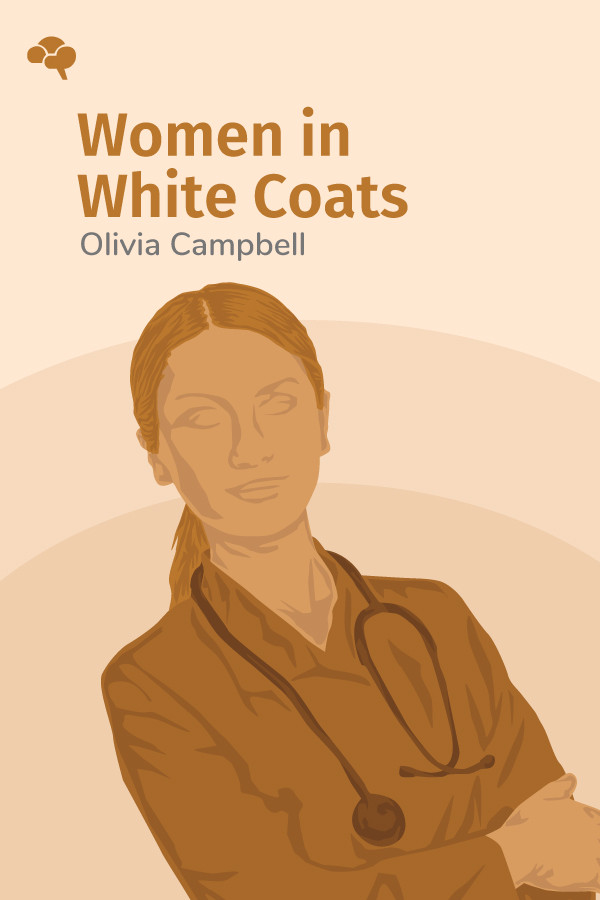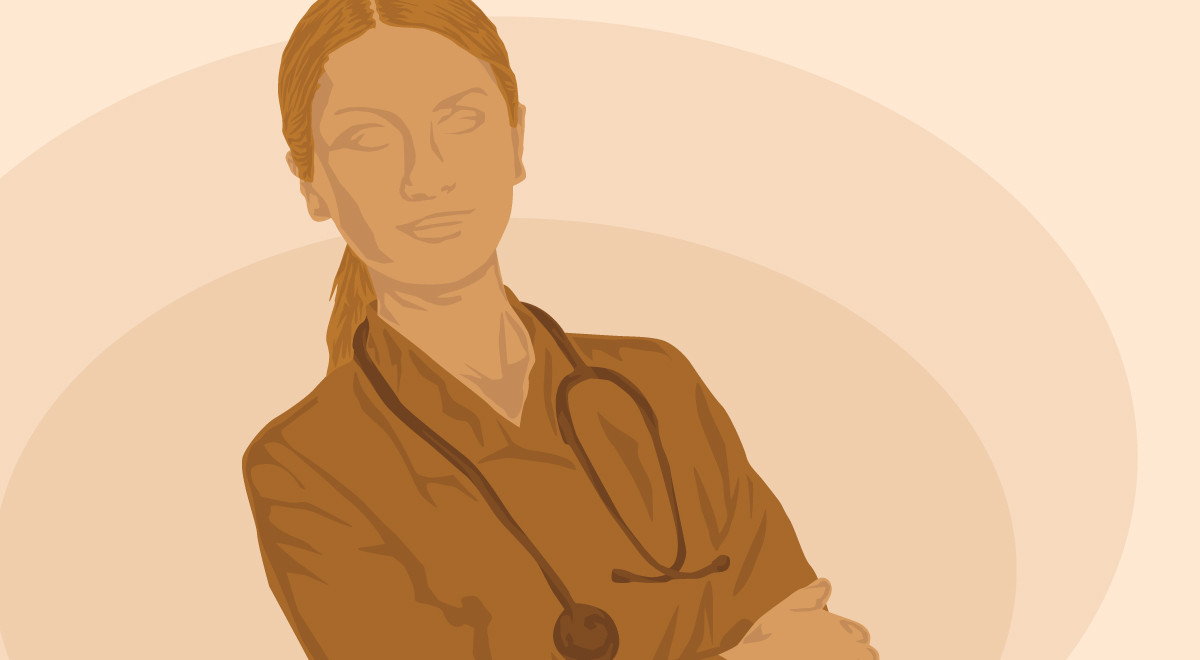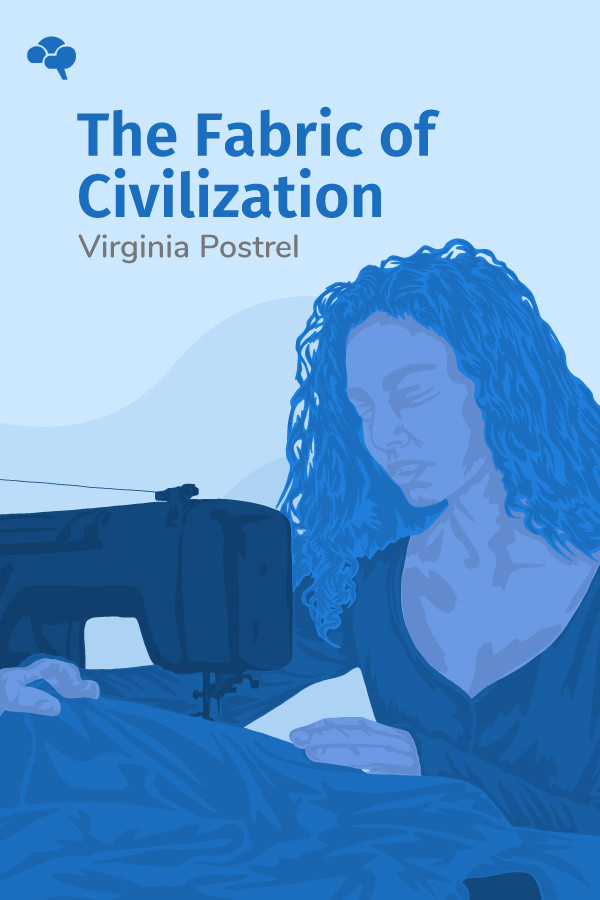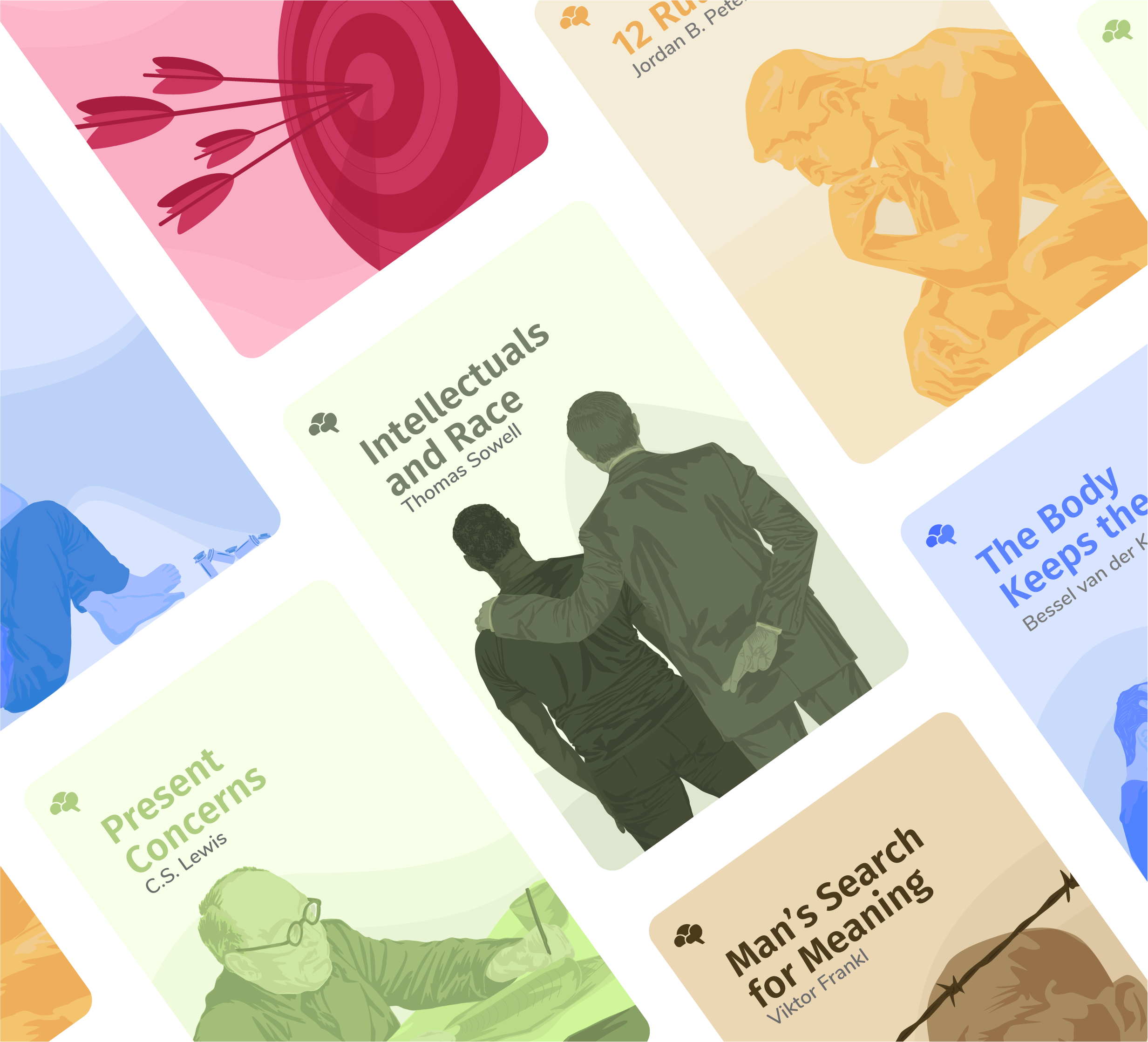

What You'll Learn:
Elizabeth Blackwell, Elizabeth “Lizzie” Garrett Anderson, and Sophia Jex-Blake blazed a trail for women in the medical world. They broke down barriers and paved the way for future generations of women to become doctors. The road to a medical degree was full of obstacles and constant antagonization by many of the male students in medical schools, as well as practicing male physicians. Elizabeth, Lizzie, and Sophia fought for entry into universities and hospitals to obtain their medical degrees. In the Victorian era of the 1800s, women were expected to be nurses, not doctors. These three women, along with several others in the latter half of the century, made it possible for women to become doctors and be taken seriously in the medical field.
Key Insights:
- Agnodice is the first historical account of a female practicing medicine in ancient Greece, but she had to do so disguised as a man.
- After being rejected by 29 medical schools, Elizabeth Blackwell was finally accepted to Geneva Medical College in 1847.
- Elizabeth Blackwell’s inspiration extended across the Atlantic.
- Sophia Jex-Blake traveled a different path, but it also led to a medical degree.
- Medicine was worlds away from where it is in modern times, especially when it comes to female medical conditions and sanitation efforts.
- The London School of Medicine was groundbreaking in the education of women, and its longevity as a functioning hospital.




